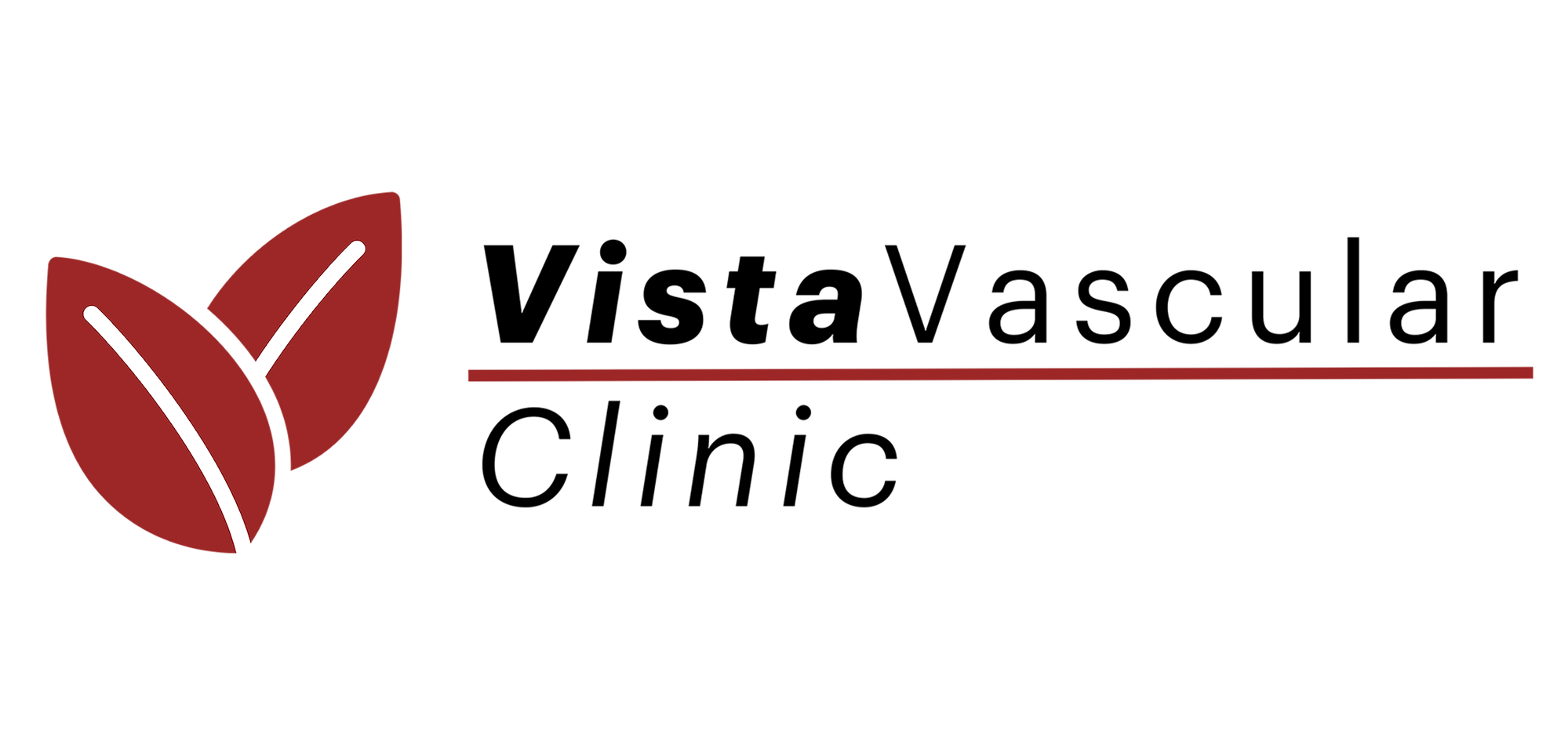Varicose veins
1. What are varicose veins?
Abnormally dilated and twisted veins are called varicose veins. They can occur anywhere in the body. Most commonly they occur in the legs.
Varicose veins of the legs are very common and are found in 25% of adults. However, the severity may vary in different individuals.
2. What causes varicose veins?
Veins are blood vessels which carry blood (de-oxygenated) towards the heart. In veins of the leg, this blood flow happens in the upward direction (against gravity). This is helped by valves that are located in the veins.
If the valves become dysfunctional, blood tends to stagnate in the veins causing them to become dilated and twisted resulting in varicose veins

3. What are the risk factors of varicose veins?
- Obesity
- Lack of physical activity
- Smoking
- People who stand for prolonged periods of time
- Women are at higher risk
- Pregnancy
- Use of contraceptives or hormone replacement
4. What are symptoms of varicose veins?
Symptoms vary depending on the stage of the Varicose veins
Early stage varicose veins (spider veins or reticular veins) appear as scattered prominent veins as depicted. Their appearance is merely a cosmetic concern. They also signify that the patient has a tendency to develop full-blown varicose veins in the future. Preventive measures can be adopted by these patients.
In later stages the dilated and twisted veins become more apparent.
As the disease progresses, the constant stagnation of the blood in the legs causes the legs to become swollen. The swelling is seen around the ankles and is seen after prolonged standing. The patients also observe that the swelling is absent or decreased in the mornings when they wake up. In addition to the swelling, patients also have a heavy feeling in their legs. At times they may have throbbing pain in their legs.
Further disease progression caused changes in the skin around the ankle and the lower leg. Skin becomes dark in colour and this may be associated with itching and pain. Some patients also start developing ulcers in the affected skin.
Another rare symptom is bleeding from the dilated veins. This can be painless, unprovoked and can be profuse. (When bleeding occurs, patients are advised to manually compress their bleeding site and at the same time lie or sit down and lift their legs up)


5. How are Varicose veins diagnosed?
Varicose veins are diagnosed by obtaining a medical history and by doing a physical examination.
6. What is the role of Colour doppler ultrasound in Varicose veins?
Colour doppler ultrasound helps to determine the veins that are affected, to understand what treatment will be effective and to efficiently plan treatment.
7. How are varicose veins treated?
Treatment of varicose veins will depend on age, symptoms and the findings on colour doppler ultrasound.
The treatment options include
- Compression stockings : the stockings work by squeezing the dilated veins in the leg and prevents stagnation of blood in the legs and its consequences.
- Laser ablation: This is a minimally invasive procedure done by advancing a very thin laser fiber into the affected veins using ultrasound guidance. Heat is delivered to the vein using the laser fiber which slowly closes the vein. With the vein occluded less blood stagnates in the leg veins thereby preventing disease progression. (We prefer treating varicose veins using Laser ablation. Radiofrequency ablation and Microwave ablation, however, work on a similar principle as Laser ablation and yield similar results)
- Glue embolisation: VenaSeal is a medical glue made of cyanoacrylate. Injecting this agent causes the vein to stick together thereby occluding it. Tumescent anaesthesia is not required and so the procedure is quicker.
- Sclerotherapy: In this technique the abnormal vein is occluded by injecting a chemical which causes sclerosis (scarring and fibrosis).
- Surgical Stripping : The abnormal veins are surgically removed. Less preferred nowadays as simpler, less invasive options (Laser, Glue, Sclerotherapy) are available

8. What are the advantages of Laser ablation for Varicose veins?
- The procedure is performed through a tiny incision (more like a pinhole)
- The patient can start becoming mobile almost immediately after the procedure
- Laser ablation can be done as day-care procedure not requiring hospital admission
- Chances of reopening of the ablated vein is remote. Hence treatment failures are extremely rare.
